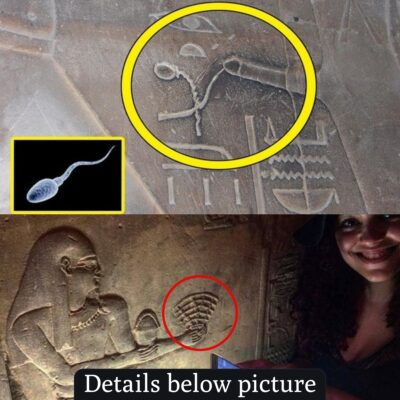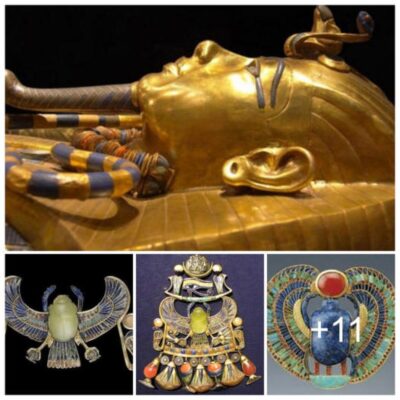The Great Sphinx of Egypt has long been shrouded in mystery and intrigue, with various theories attempting to unravel its enigmatic secrets. One recent theory suggests that the ancient monument may serve as more than just a statue, positing it as a hollow mortuary packed with skeletons. While this theory remains contentious, mainstream historians generally agree that the Sphinx was constructed around 2558 BC under the reign of Pharaoh Khafre, forming part of a grand funerary complex.

Archaeological excavations near the Sphinx have unearthed intriguing clues about its construction and purpose. In 1978, archaeologists discovered three massive stone blocks believed to have been abandoned during the monument’s construction, shedding light on the ambitious scope of the project. Additionally, the presence of toolkits and a preserved workman’s lunch at the site suggests that work on the Sphinx abruptly ceased at some point.
Over the centuries, the Sphinx has been subject to exploration and intervention by various individuals and groups. Tunnels and openings litter the monument, some created by treasure hunters seeking fabled riches hidden within its depths, while others were made by individuals attempting to restore the ancient structure. Among these tunnels, the keyhole shaft stands out as particularly intriguing, with researchers speculating that it may lead to an unfinished tomb beneath the Sphinx’s body.

Legends and rumors surrounding the Sphinx abound, with tales of hidden chambers and subterranean passages fueling speculation about what lies beneath the monument. One tantalizing rumor suggests the existence of a library filled with mystical knowledge of the ancient world, purportedly located underneath the Sphinx. While such claims remain unsubstantiated, they add to the allure and mystique of one of Egypt’s most iconic landmarks.
Despite ongoing research and exploration, the true purpose and significance of the Great Sphinx continue to elude complete understanding. As scholars and archaeologists delve deeper into its mysteries, the ancient monument remains a symbol of ancient Egypt’s rich cultural heritage and the enduring fascination with its enigmatic past.





